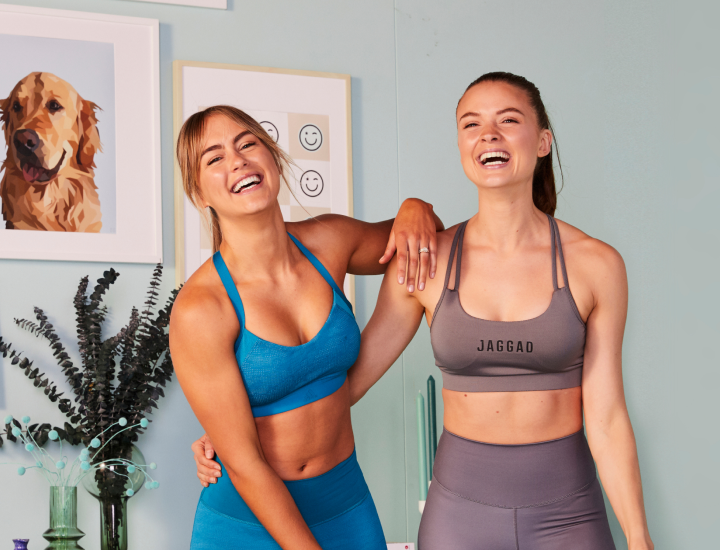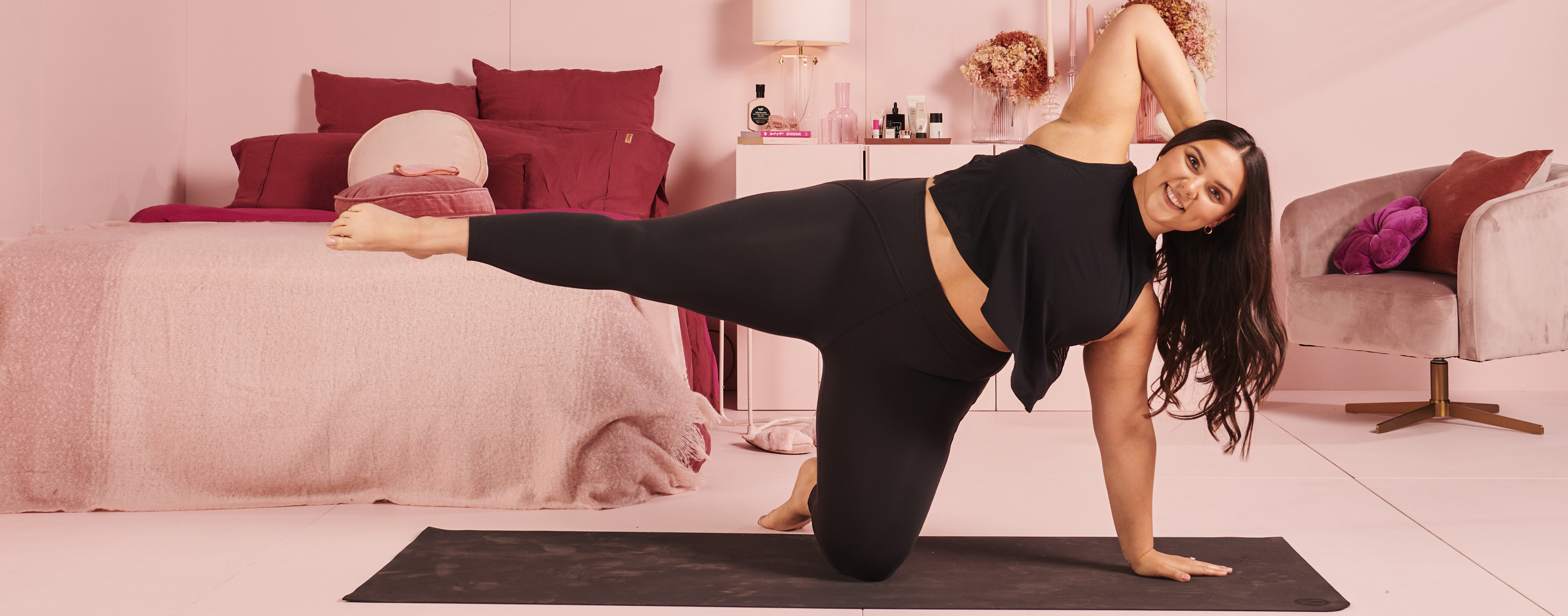Here’s why you need Cardio Pilates in your life right now…
Cardio Pilates is #trending. Wondering if it’s for you? Our Pilates instructor, Christina, spills the tea on all things cardio Pilates…
1. How is Cardio Pilates different to regular Pilates?
The biggest difference is the pace. Cardio Pilates consists of movements that can be done at a faster cadence, or that can be layered to increase the intensity.
2. What are the benefits of Cardio Pilates?
Of course there’s the overall health and longevity benefits that comes from cardiovascular exercise, but they’re also great sessions if you’re looking to sweat a little more than a regular mat Pilates flow – but don’t necessarily want to be loading very heavily or working in lots of sets of rounds. It also may appeal to those who don’t really love traditional forms of cardio like running or the dreaded burpee!
3. What can we expect from your Cardio Pilates classes? How do they differ from Mari's classes in app?
You can expect to flow through quite a few movements – sometimes with some rounds and sets to mix it up – some of which will feel quite familiar if you’ve done some of my other mat classes. The pace is obviously a little quicker, but you’re invited to always go at your own speed, and I’ve included variations and options for movements where possible. My classes are also a little less technique focused than Mari’s, or even than my own regular mat sessions. These classes are about moving your body and getting your heart rate up in a way that makes you feel safe, supported and confident.
4. How do you maintain form in a faster paced class?
I think it’s really important to note here, especially when talking about body weight or low load movement, there really is no such thing as perfect form. The current evidence really is suggesting that the most important thing is simply to move, and trust that the more you practice, the better the movements will feel. My cues throughout the sessions are there to hopefully help you feel the most comfortable in your movements, and to give you an overall focus for your shape, hopefully helping you to move mindfully, but fearlessly.
5. How do we control our breath when we're picking up the pace?
Generally I like to cue for breathing out on exertion, for example, in a squat I’d suggest an inhale to drop and an exhale to stand. I find that rhythmic pattern of breathing can help me focus and stay calm, especially when my heart rate starts to elevate. But overall, the best breath is the one that comes naturally, so long as you’re inhaling and exhaling repetitively, you’re golden!
6. Can beginners do Cardio Pilates or should we start with your other Pilates classes?
I’ve designed these classes for all fitness levels! There’s loads of options for scaling up or down, so you don’t have to be familiar with Pilates for these sessions to be accessible to you.
7. Is Cardio Pilates suited to women who are pre and/or postnatal? And if so, what modifications can we make?
So I was actually 6 months post partum when I filmed these sessions, and my body was still getting accustomed to moving at a more intense pace. I’d say as long as your healthcare provider has cleared you, and your body is responding well to movement then absolutely!
If you are pregnant, it’s important to follow the current guidelines and modify where you need to, for example, elevating your head and heart in supine movements.
8. What equipment do we need for your classes and what at-home alternatives can we use if we don't have access to equipment?
You’ll need a light hand weights set, or some canned goods from the pantry, a loop resistance band and/or theraband, a Pilates ball, you could also use small cushion if you don’t have access to one. An option as well is to use hand or ankle weights in any of the sessions for some added load if you feel you want to up the ante!
You might also like
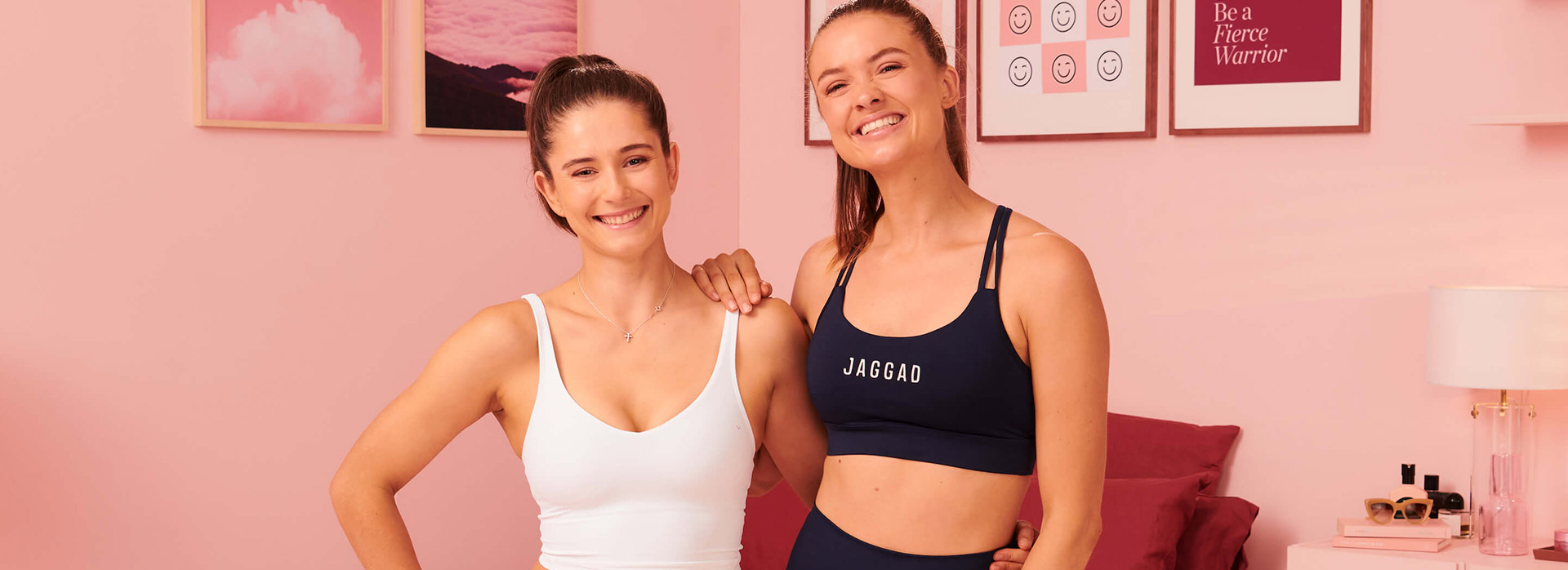
- Blog
- FITNESS
It’s no secret that I love workouts that really get the heart pumping, and Cardio Pilates does exactly that…
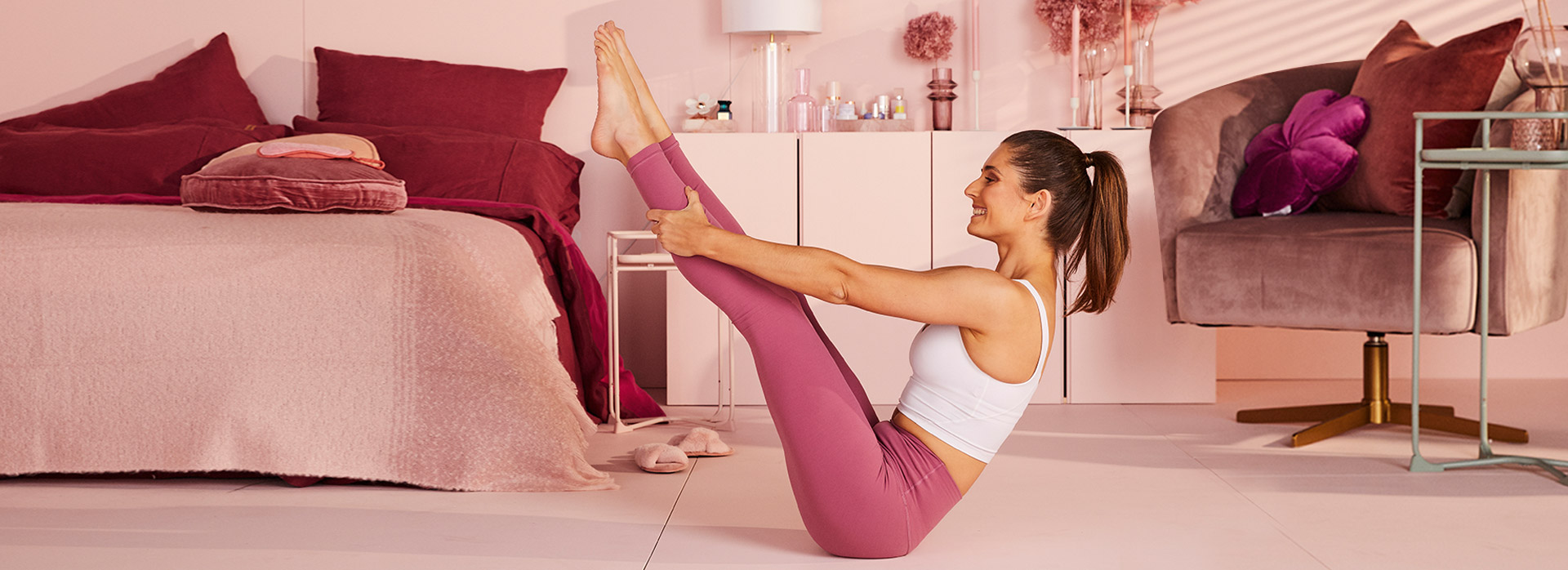
- Blog
- FITNESS
Mari’s hot tips on how to get the most out of your Pilates workouts. Here are a few tips on how to get the most out of your Pilates workouts! It’s easy enough to just go through the motions when you are doing a workout, so here are a few extra tips that might help […]
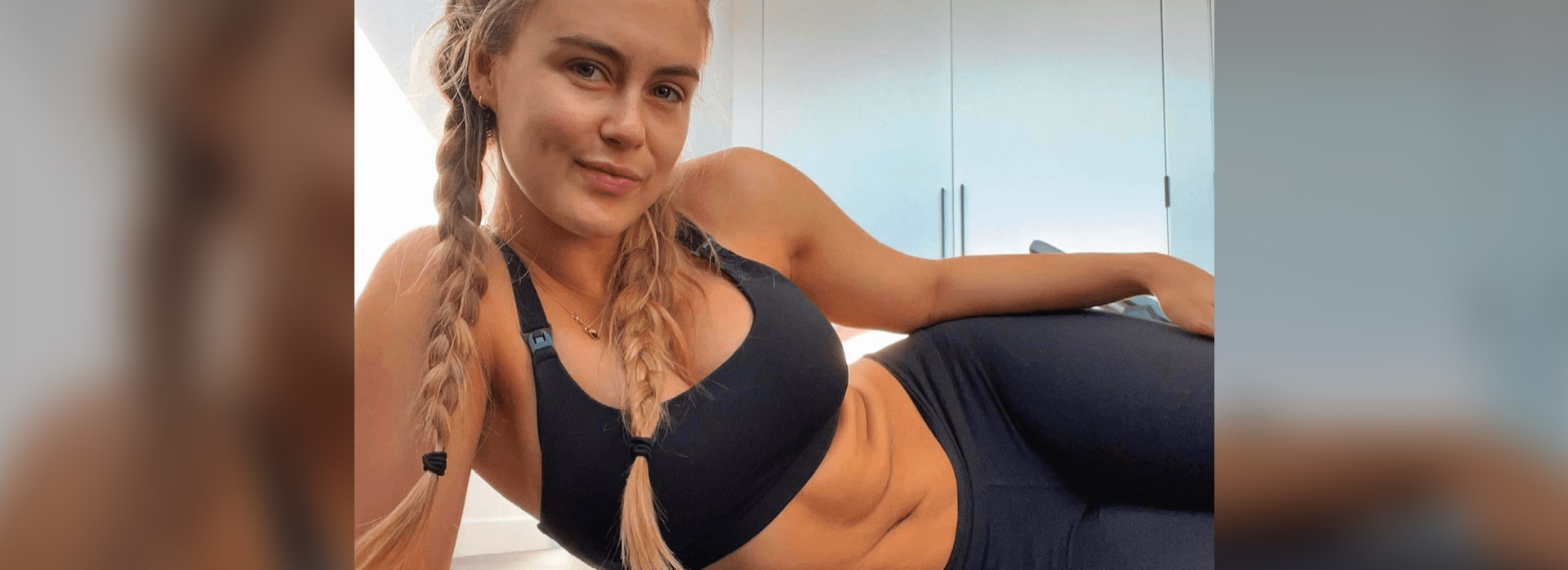
- Blog
- FITNESS
Whether you’re a new postpartum mum like me, need to be more gentle on your joints, are returning to exercise after an injury or your body is simply craving something a little less intense, KIC has you covered! As much as I love getting my sweat on with a super intense HIIT workout, since having […]
